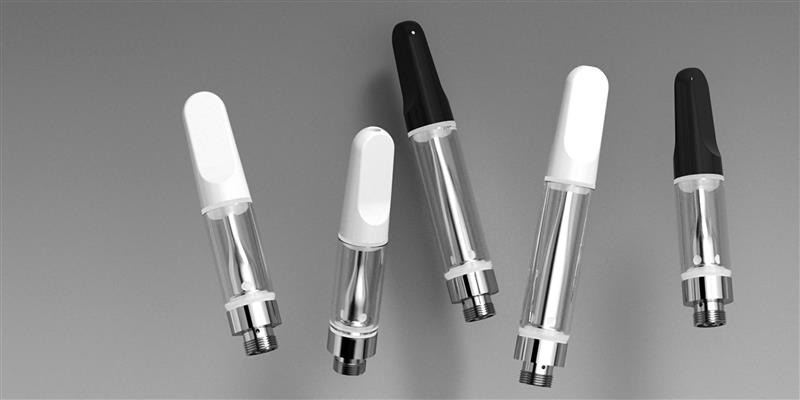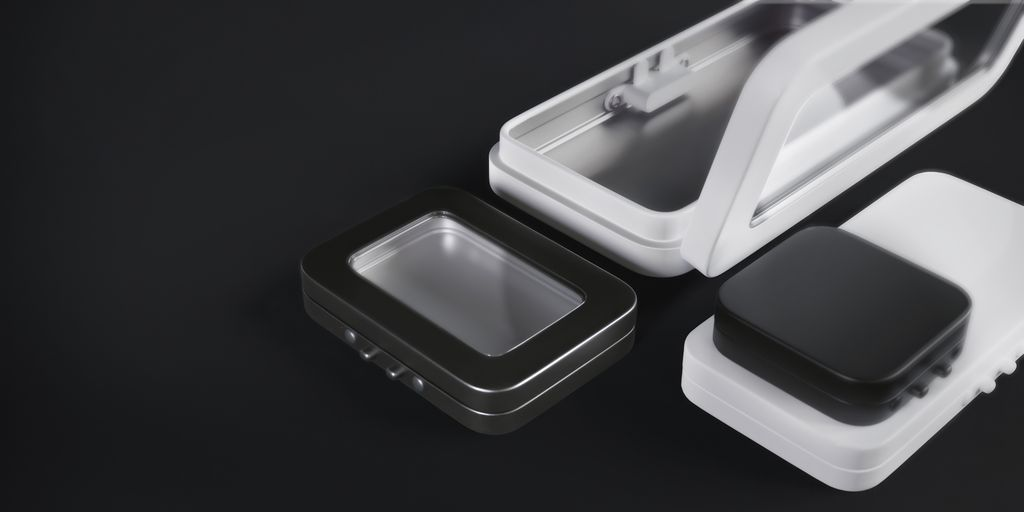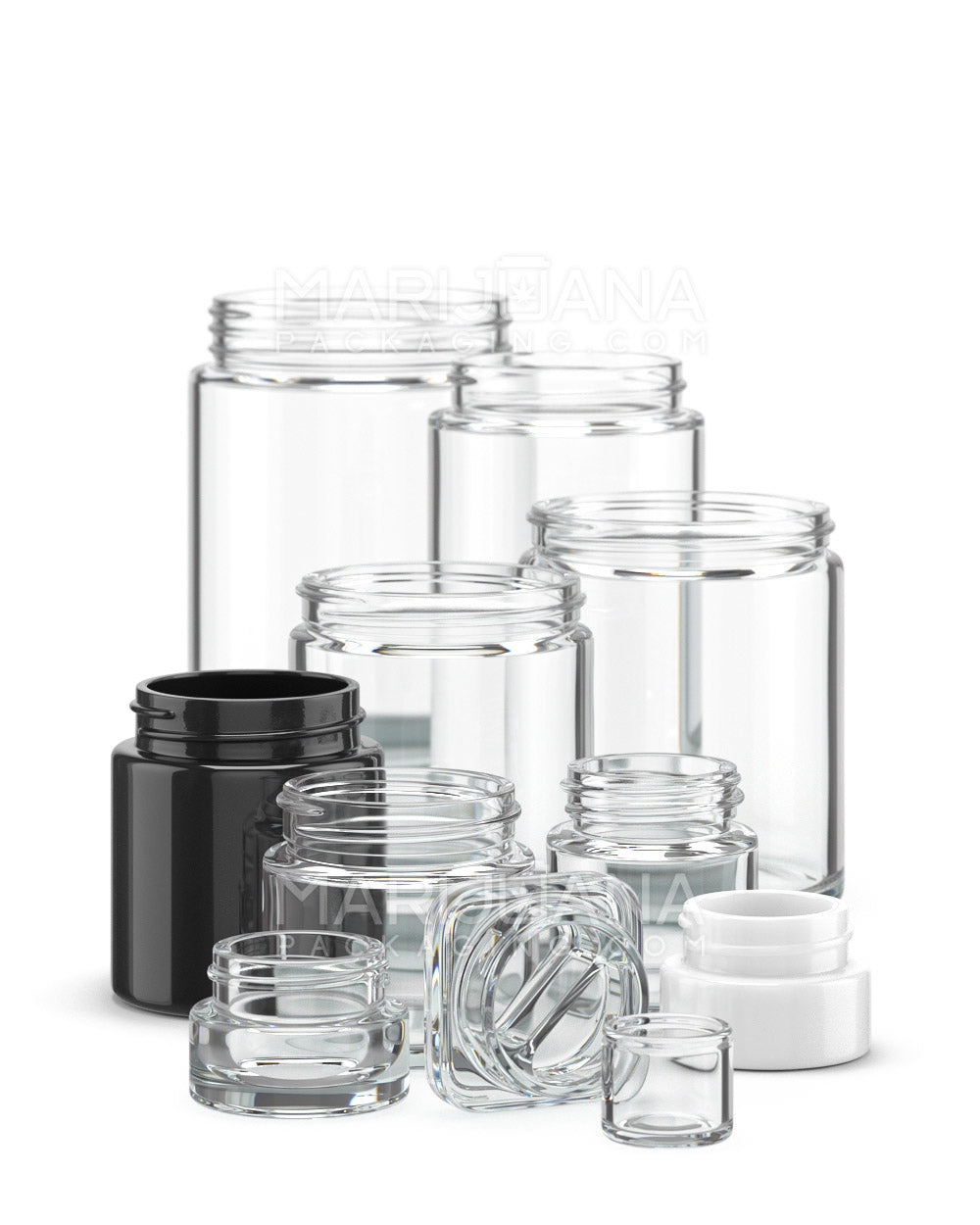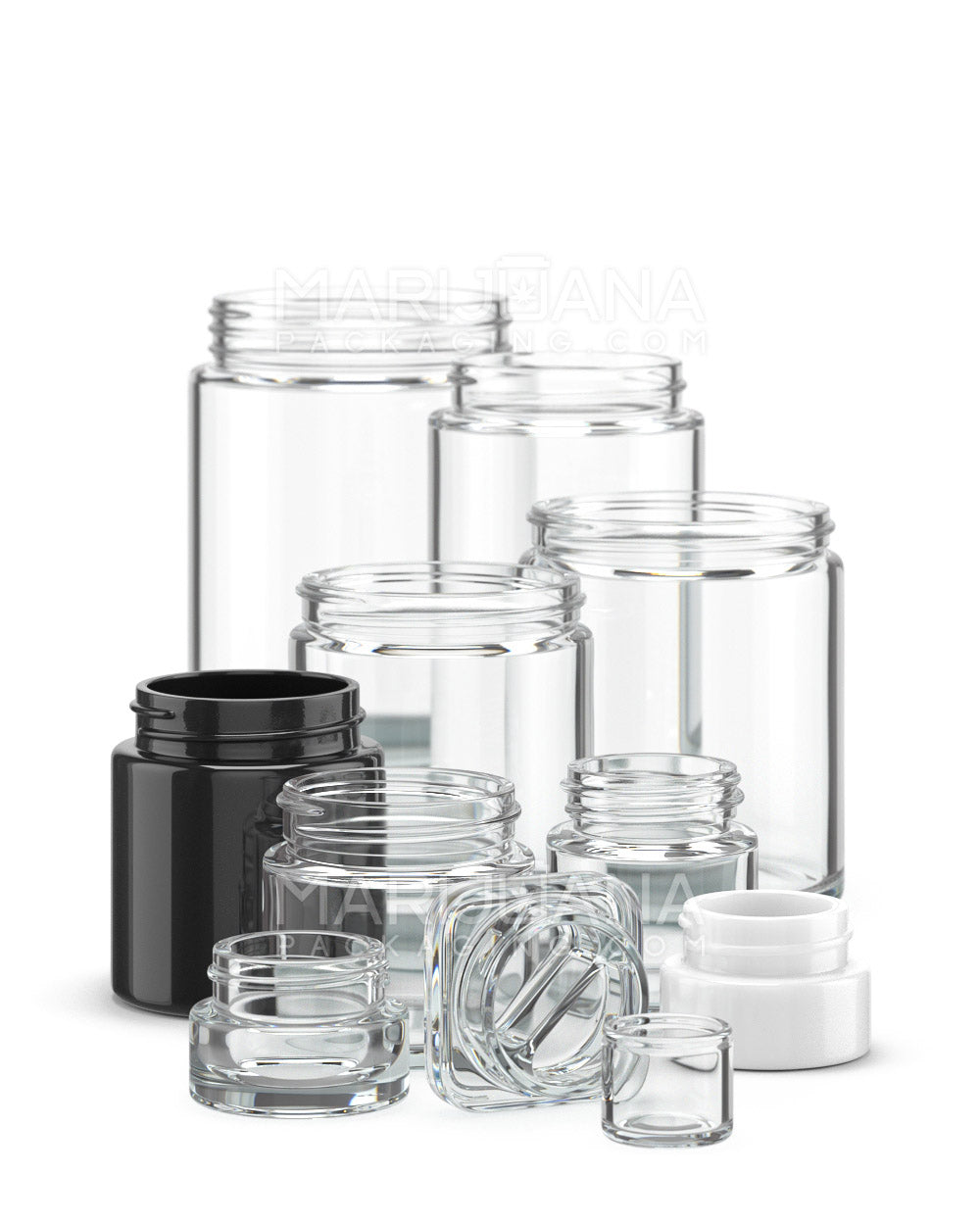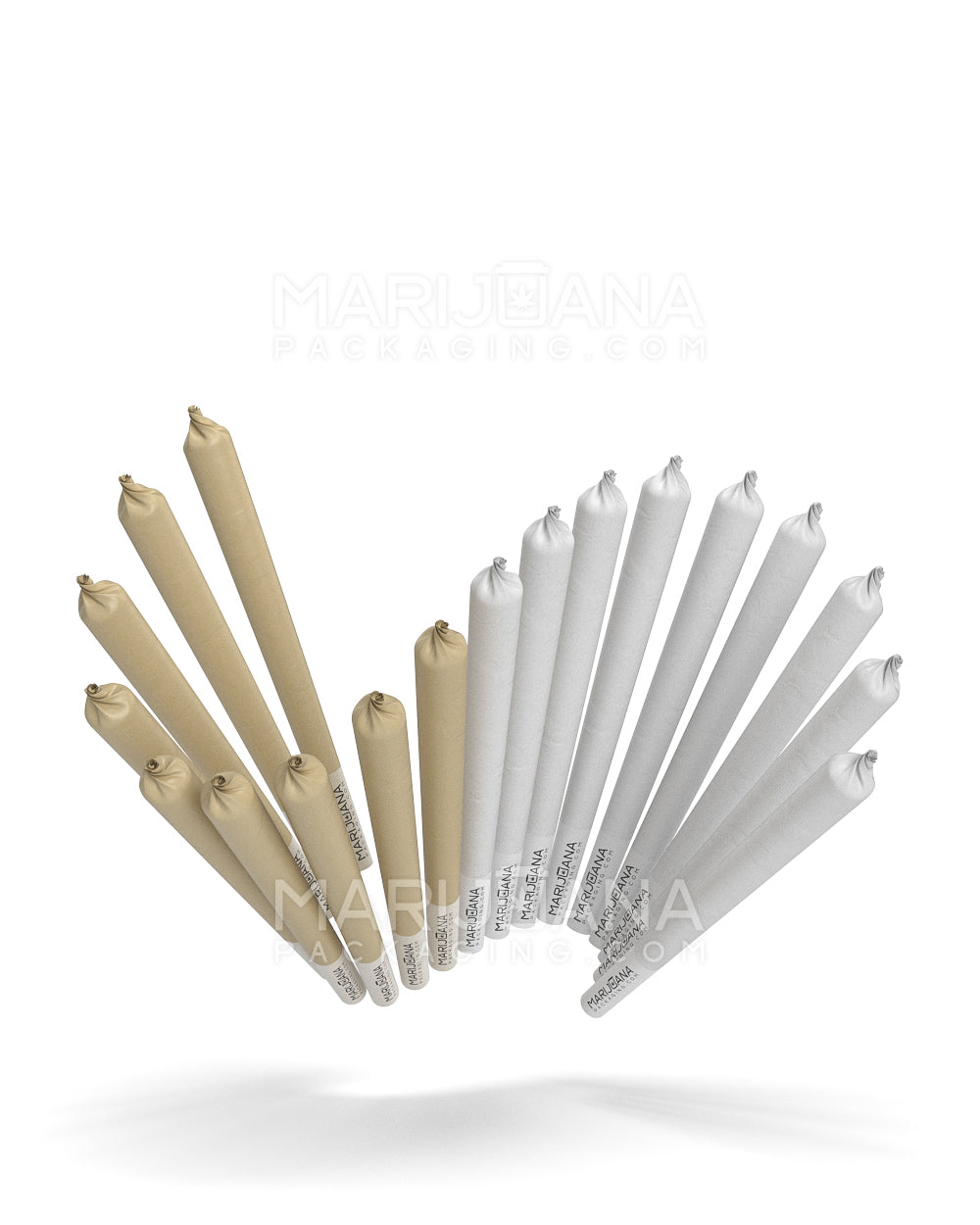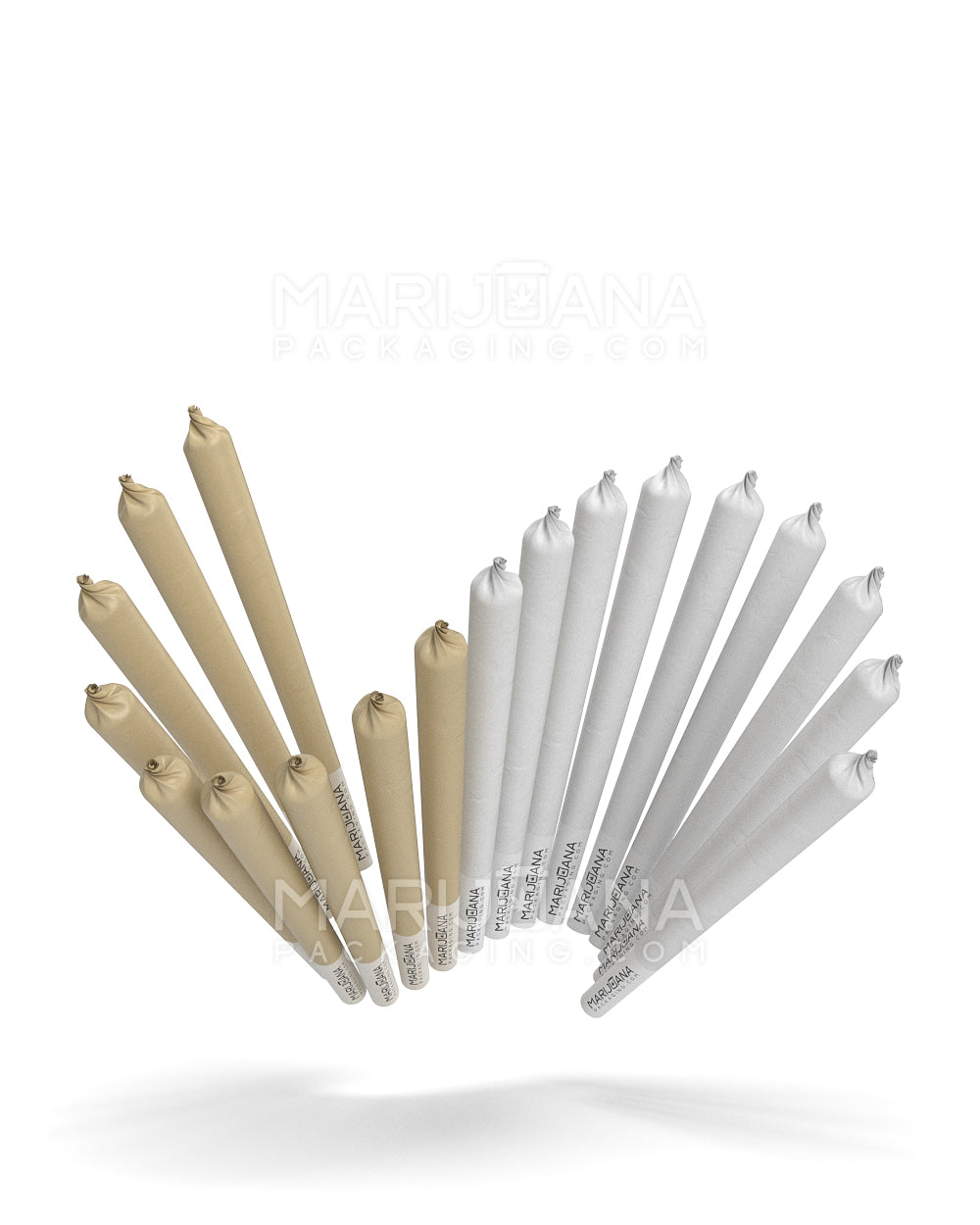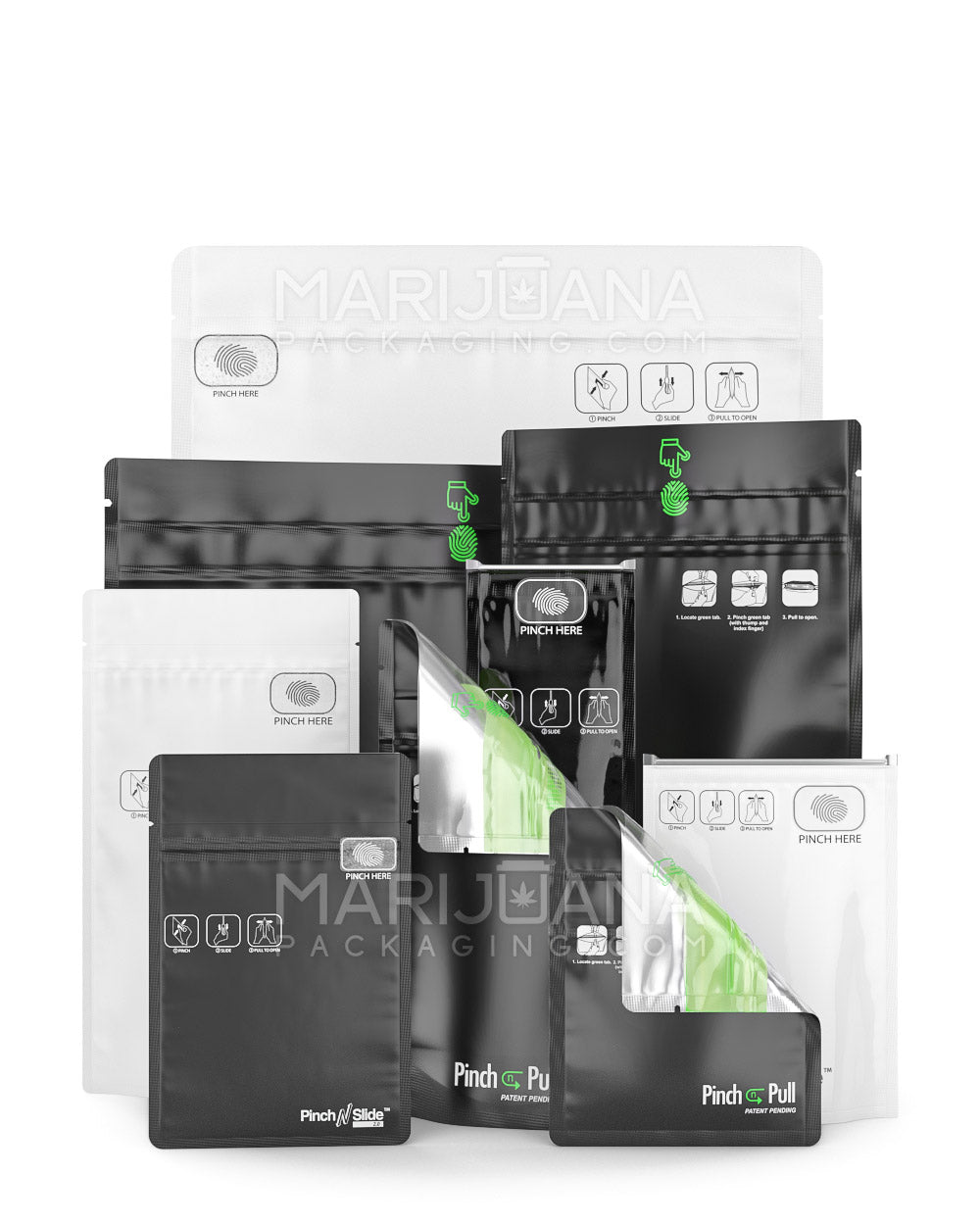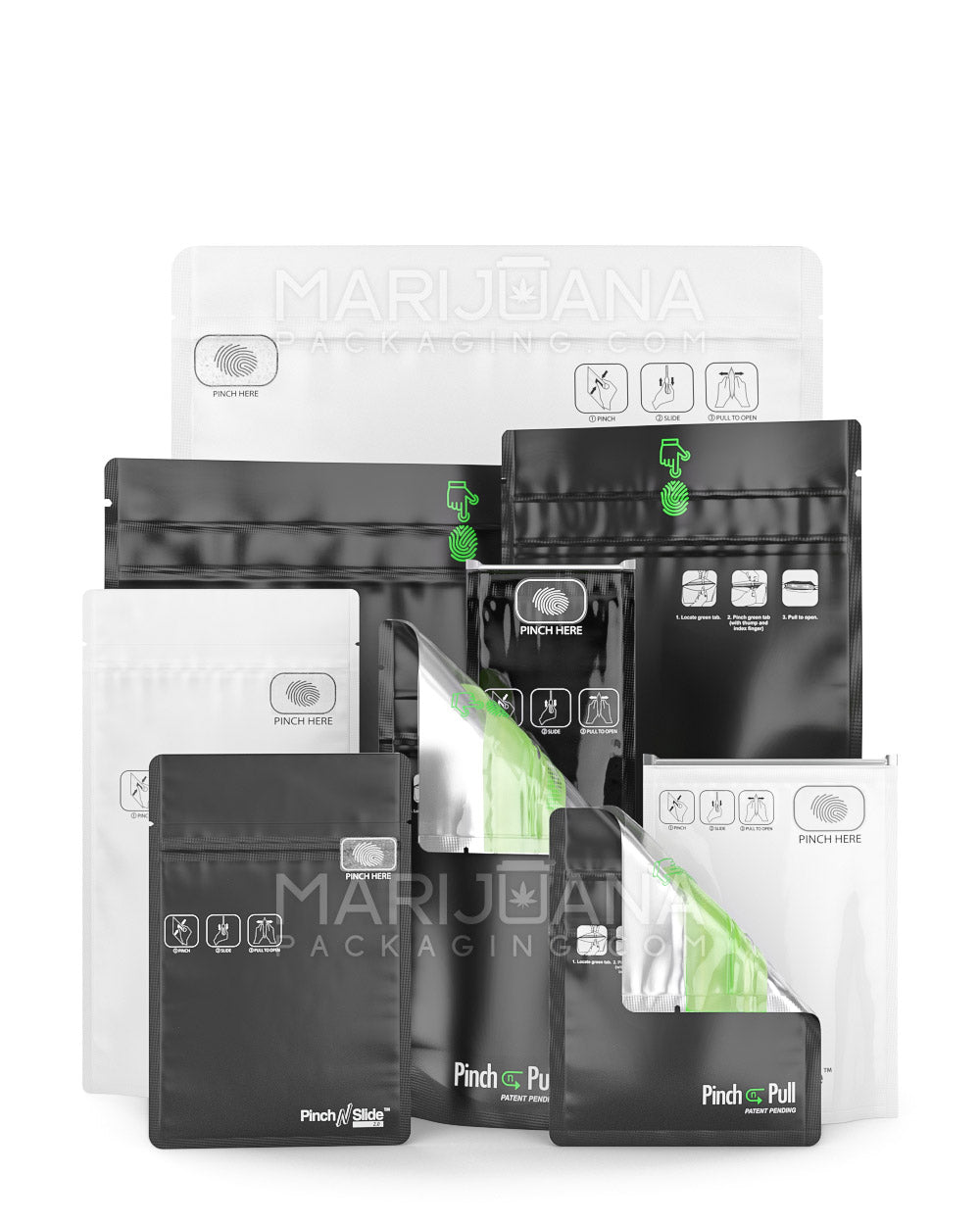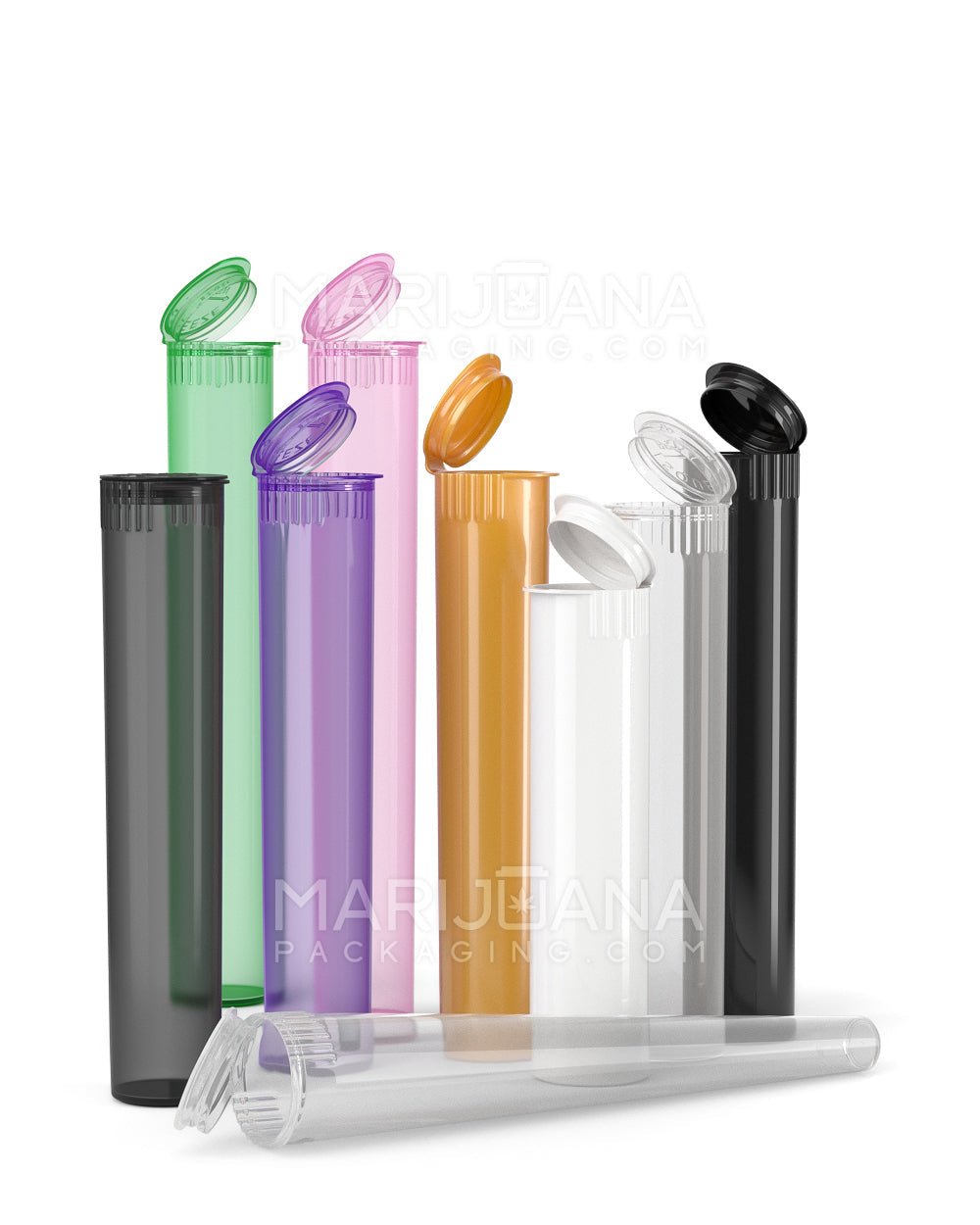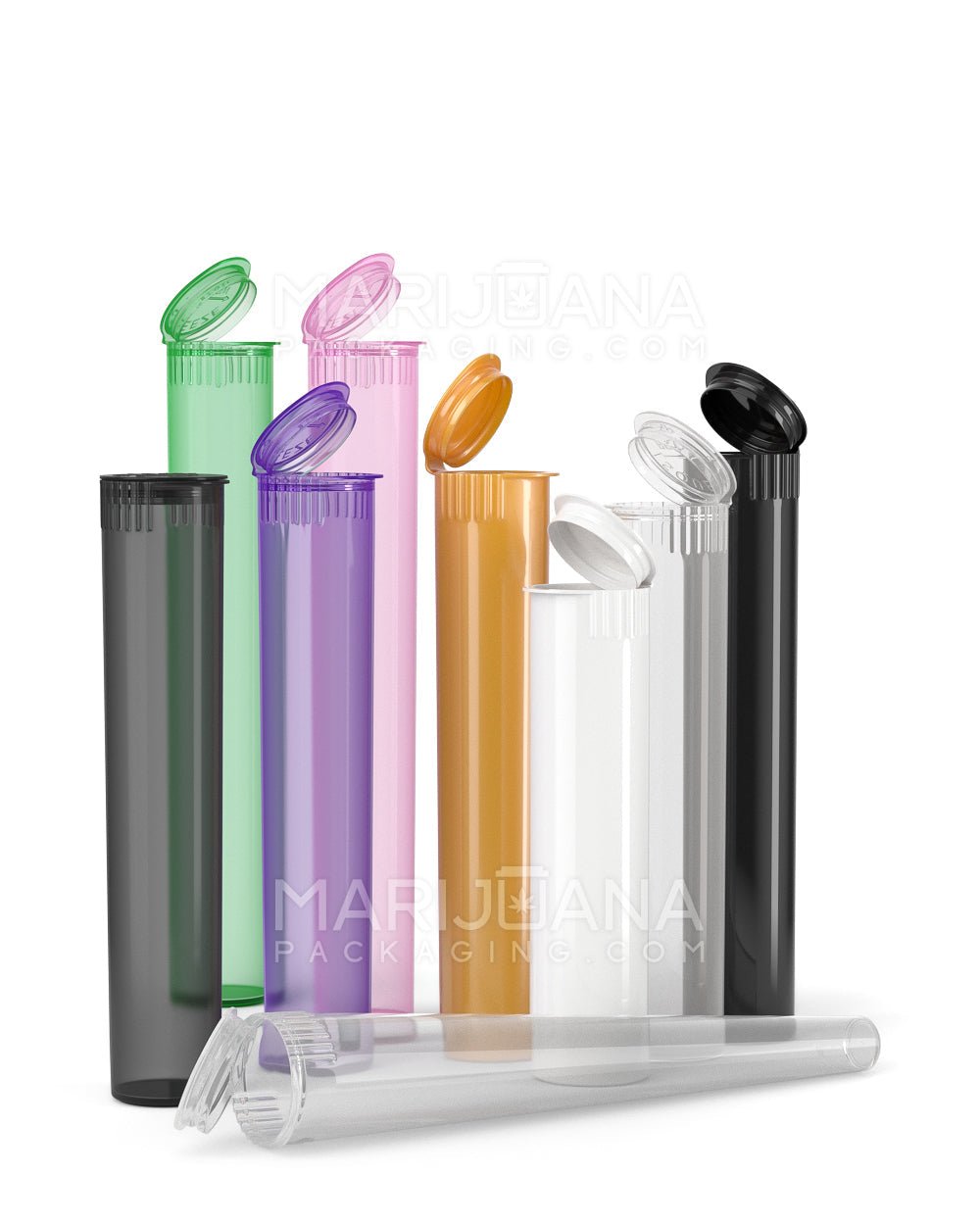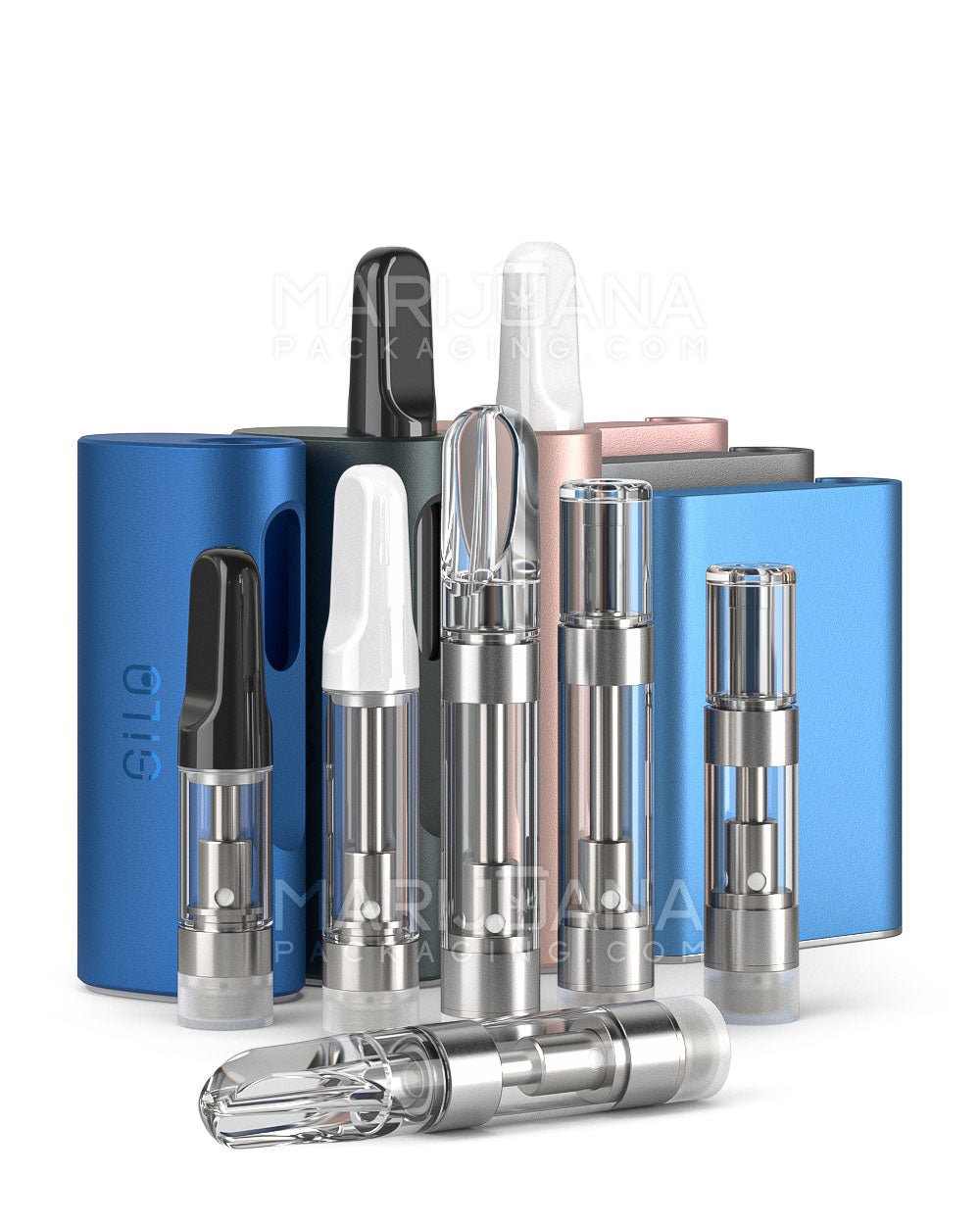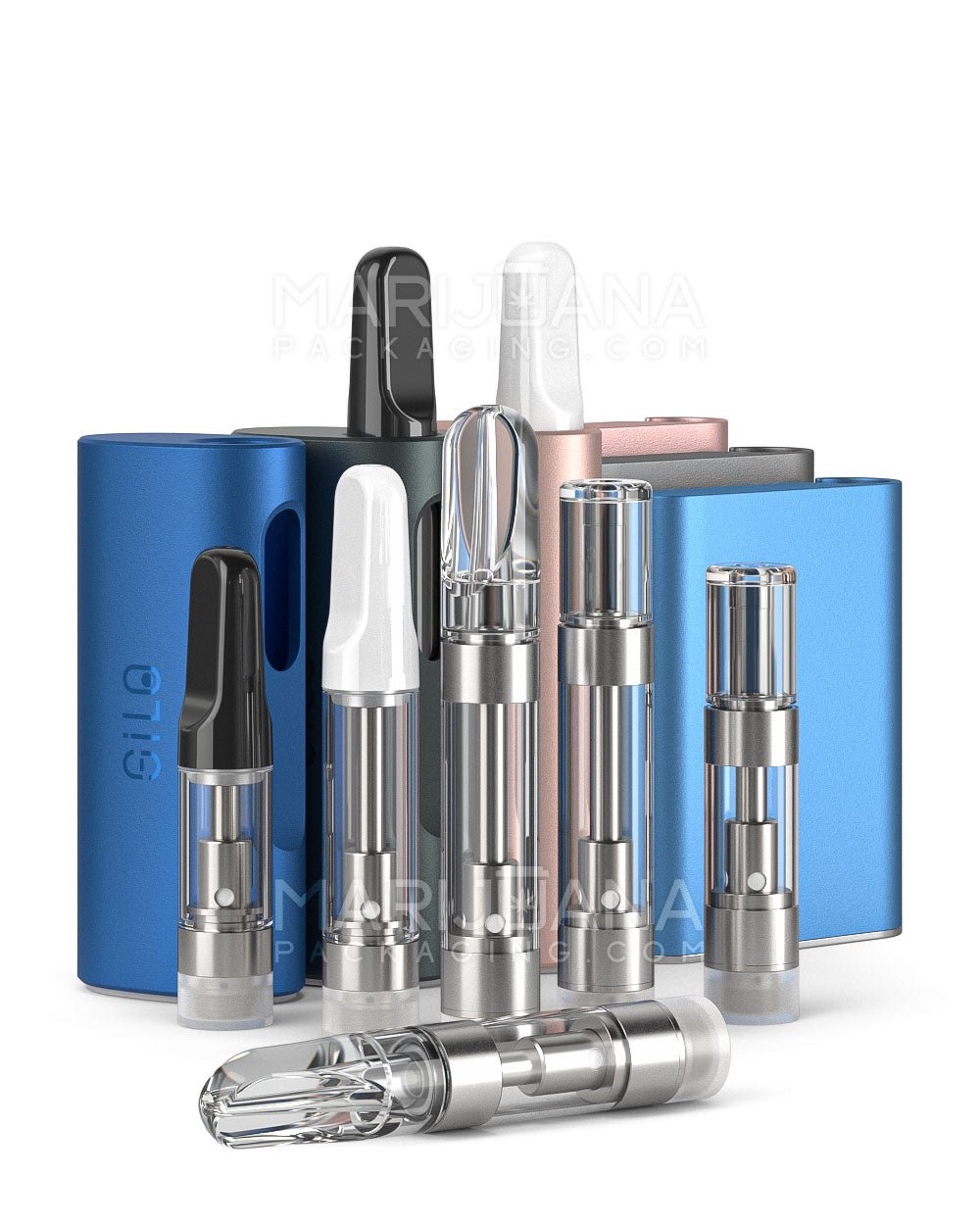Growing marijuana can seem like a complex world if you're new to it. Many often think of grow tents as the go-to solution for cultivating cannabis indoors. But is a tent truly necessary? The short answer is no, you can successfully grow marijuana without one. By the end of this article, you'll have a clear understanding of how to do just that, armed with practical tips and insights.
In the following sections, we'll break down everything you need to know about growing marijuana without a tent. From understanding the basic requirements to the nitty-gritty details of setting up your grow space, we've got you covered. Let's get started on this exciting journey.
Why Skip the Tent?
Let's begin by addressing the elephant in the room: why would someone choose to grow marijuana without a tent? The reasons can be quite varied, so let's explore some of them.
First off, cost is a major factor. Tents can be a significant investment, and if you're just starting out or working with a tight budget, skipping the tent can save you a good chunk of change. It's not just the tent itself, but the additional equipment like ventilation systems, that add up.
Moreover, space constraints can push growers to opt out of using a tent. Not everyone has the luxury of a spare room or garage where a tent can comfortably fit. In smaller living spaces or urban apartments, making the most of available space becomes crucial.
Another reason could be the desire for a more natural-looking setup. Some growers prefer their plants to blend into their home environment, making them less conspicuous. Removing the tent can help your grow space look more like a natural part of your home decor.
Finally, flexibility in controlling the environment is a significant advantage. Without a tent, you have more freedom to tweak lighting, airflow, and other conditions to suit your specific needs or the needs of different strains. This can lead to a more personalized growing experience.
Setting Up Your Grow Space
Alright, so you've decided to go tent-free. The next step is setting up a suitable grow space. This is crucial, as the environment plays a huge role in the growth and health of your plants.
Location is your first consideration. You'll want somewhere that gets a good amount of natural light if you're planning on supplementing with sunlight. A spare room, closet, or even a corner of your living room can work well, as long as you can control the environment to some extent.
Next, think about the temperature and humidity. Ideally, your grow space should maintain a temperature between 70-85°F (20-30°C) during the day and slightly cooler at night. Humidity levels should start high (around 60-70% during the vegetative stage) and decrease during the flowering stage (around 40-50%). A good thermometer and hygrometer will help you keep track of these conditions.
Ventilation is also key. While a tent often comes with built-in vents and fans, you'll need to create this setup yourself. Proper airflow helps prevent mold and pests, and keeps your plants breathing easily. A couple of small fans should do the trick, ensuring they are positioned to circulate air around the plants and out of the grow space.
Lastly, consider cleanliness. Your grow space should be kept clean and free from dust and debris. Regular cleaning helps keep pests and mold at bay, ensuring your plants remain healthy throughout their growth cycle.
Lighting Considerations
Lighting is another critical component to consider when growing marijuana without a tent. While natural sunlight is a fantastic resource, most growers will need to supplement with artificial lights to ensure their plants get enough light.
There are several types of grow lights available, each with its pros and cons. LED lights are popular for their efficiency and low heat output. They can be costlier upfront but save money on electricity bills in the long run. CFL bulbs are another option, offering a budget-friendly, easy-to-use alternative.
When setting up lights, it's important to ensure even coverage over your plants. This might mean using multiple lights or adjusting their height as your plants grow. A light schedule is also essential, with many growers opting for 18 hours of light and 6 hours of darkness during the vegetative stage, transitioning to 12 hours of light and 12 hours of darkness during flowering.
Don't forget to monitor the heat generated by your lights. Too much heat can stress the plants or cause burns, so you'll need to find a balance that keeps your plants happy and healthy. Adjusting the distance of the lights from the plants can help manage this.
Choosing the Right Strains
When growing without a tent, the strains you choose can make a big difference in your success. Some strains are more tolerant of environmental fluctuations and less-than-ideal conditions, making them better suited for tent-free growing.
Autoflowering strains are a great option. These strains automatically switch from vegetative growth to flowering after a certain period, regardless of light conditions. This makes them a bit more forgiving if your light setup isn't perfect.
Look for strains that are known for their resilience, such as Northern Lights or Blue Dream. These strains have a reputation for being hardy and adaptable, thriving in various conditions.
It's also worth considering the size of the plants. Some strains grow tall and bushy, which might not be ideal if you're working with limited space. Opting for smaller, more compact strains can help you maximize your grow area without overcrowding.
Watering and Nutrient Tips
When it comes to watering and feeding your marijuana plants, balance is the name of the game. Too much or too little of either can lead to problems, so it's essential to get it just right.
Watering is where many new growers trip up. Marijuana plants like their roots to dry out a bit between waterings, so overwatering is a common issue. A simple rule of thumb is to water when the top inch of the soil feels dry to the touch. Be sure to use pots with drainage holes to prevent water from accumulating at the bottom, which can cause root rot.
As for nutrients, marijuana plants need a mix of macronutrients (like nitrogen, phosphorus, and potassium) and micronutrients (such as calcium and magnesium). You can find many pre-mixed nutrient solutions tailored for cannabis, making it easier to provide the right balance.
During the vegetative stage, focus on higher nitrogen levels, and switch to higher phosphorus and potassium levels during flowering. Always start with a lower concentration than recommended and gradually increase as your plants show they can handle more.
Keep an eye out for nutrient burn (yellowing or browning of leaf tips) or deficiency (yellowing leaves, stunted growth), and adjust your feeding schedule accordingly. A little trial and error may be necessary, but you'll get the hang of it with practice.
Managing Pests and Diseases
Even without a tent, pests and diseases can find their way to your cannabis plants. However, with some proactive measures, you can keep these issues at bay.
First, cleanliness is your best friend. Regularly clean your grow space and tools to minimize the risk of introducing pests. Inspect your plants frequently for any signs of trouble, such as discolored leaves or small bugs.
Introducing beneficial insects like ladybugs or predatory mites can help control pest populations naturally. These insects prey on common cannabis pests like spider mites and aphids, providing an eco-friendly pest management solution.
Using natural repellents such as neem oil can also help keep pests at bay. Be sure to apply these treatments early in the morning or late in the evening to avoid harming beneficial insects and prevent leaf burn from the sun or grow lights.
Diseases such as powdery mildew can be a concern, especially in humid environments. Ensure proper airflow to reduce humidity levels, and consider using a sulfur burner or natural fungicides if you notice any signs of fungal infections.
Harvesting and Curing Your Buds
Once your plants have reached maturity, it's time for the exciting part: harvesting your buds. Knowing when to harvest is crucial, as it affects the potency and flavor of your final product.
Look for visual cues like the color of the pistils and trichomes. Pistils should be mostly brown and curled, while trichomes should appear milky white with some amber hues. This indicates that your buds have reached their peak potency.
Once harvested, it's important to cure your buds properly. This involves drying them slowly in a dark, well-ventilated space with humidity levels around 50%. This process can take a couple of weeks, but it's worth the wait as it enhances the flavor and smoothness of your smoke.
After drying, store your buds in airtight containers, opening them occasionally to release moisture. This is known as "burping" and helps prevent mold while allowing your buds to cure fully.
Legal Considerations
Before you start growing marijuana, it's important to be aware of the legal considerations. While cannabis is legal in many states, laws can vary significantly, so it's crucial to understand the regulations in your area.
Most states that allow home cultivation have specific limits on the number of plants you can grow. Make sure you stay within these limits to avoid any legal trouble. Some states also have restrictions on where you can grow, such as requiring plants to be out of public view.
It's also important to note that federal law still classifies cannabis as a controlled substance, which can complicate things if you're renting your home or live in federally subsidized housing. Always check your lease agreement and consult with your landlord if necessary.
Lastly, keep in mind that selling homegrown cannabis is illegal in many areas. Your crop should be for personal use only unless you have the appropriate licenses and permits to sell cannabis legally.
Final Thoughts
Growing marijuana without a tent is entirely doable and can be a rewarding experience. By focusing on creating a suitable environment, choosing the right strains, and keeping an eye on your plants' needs, you can cultivate a successful crop without the confines of a tent.
When it comes to storing your precious buds after harvest, Gamut offers a wide range of packaging solutions. From jars and bags to tubes and containers, Gamut covers all your packaging needs with style and functionality, ensuring your cannabis stays fresh and potent.



